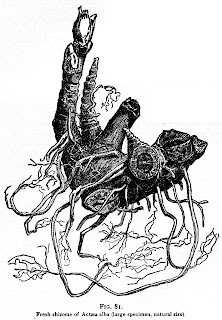Link: http://thinkingenterprise.blogspot.com/2012/01/communication-architecture.html
From Thinking Enterprise
In my previous research, I have investigated the relationship between transformation, planning, and communication in large-scale architecture programs. Obviously and unsurprisingly, communication has a huge impact on the perception and relative success of enterprise architecture and change management initiatives. The important turning point, that I have argued so far, is the way communication shapes and is shaped by the organisational systems in which it takes place. The German sociologists Dirk Baecker and Niklas Luhmann have been my primary sources of inspiration and research for formulating a set of guiding principles for change programs that do not simply assume that communication is a fully informed and unambiguous process of sending and receiving objectified information. Organisations and their people are all systems in which communication takes place. The boundaries, values, and cognitive processes of each system influence and complicate the practice of communication, which, in turn, requires a complex systems model to model and explain its behaviour.
So what is the alternative? The obvious choice is to integrate communication as a core concept and layer in enterprise architecture itself – the communication architecture. Here, communication refers mainly to the social processes of human and computer interaction and – not pure computer networks or algorithmic manipulation of signals. On the other hand, communication is not only about people and utterances – computers and technology play a vital role as well as an efficient transport medium. My point is that communication in itself is a socio-technical system describing the complex message exchange between humans, intentions, and machines – or, in C. S. Peirce’s words, a semiotic system. Semiotic systems have dissipative structures of signs in networks constituted equally by humans and machines. Communication in enterprises can be interpreted as complex signs, manifested in dialogues, written emails, and network packets in the router. Some communications are relatively stable (a published document or a sequence of bytes representing an email) whereas others are fragile and chaotic (human intentions, political agendas, gossip by the water cooler). Their manifestations are entirely different, but the purpose remains the same: exchanging ideas, values, and intentions – utterances – between people in- and outside the enterprise in order to ensure its long-term survival. As I havepreviously pointed out in this blog, enterprises as socio-communicative systems have rhizomatic properties – the modern enterprise should not be solely viewed as a hierarchy of processes, layers, and computers, but also as a constantly transforming multiplicity of events and signs. Thus, the theoretical foundation for describing the communication architecture of the modern enterprise must be found within the theory of organisational semiotics and sign theory.
In upcoming blog posts I will attempt to tie these very theoretical reflections back into a practicable architecture framework for organisational communication.

